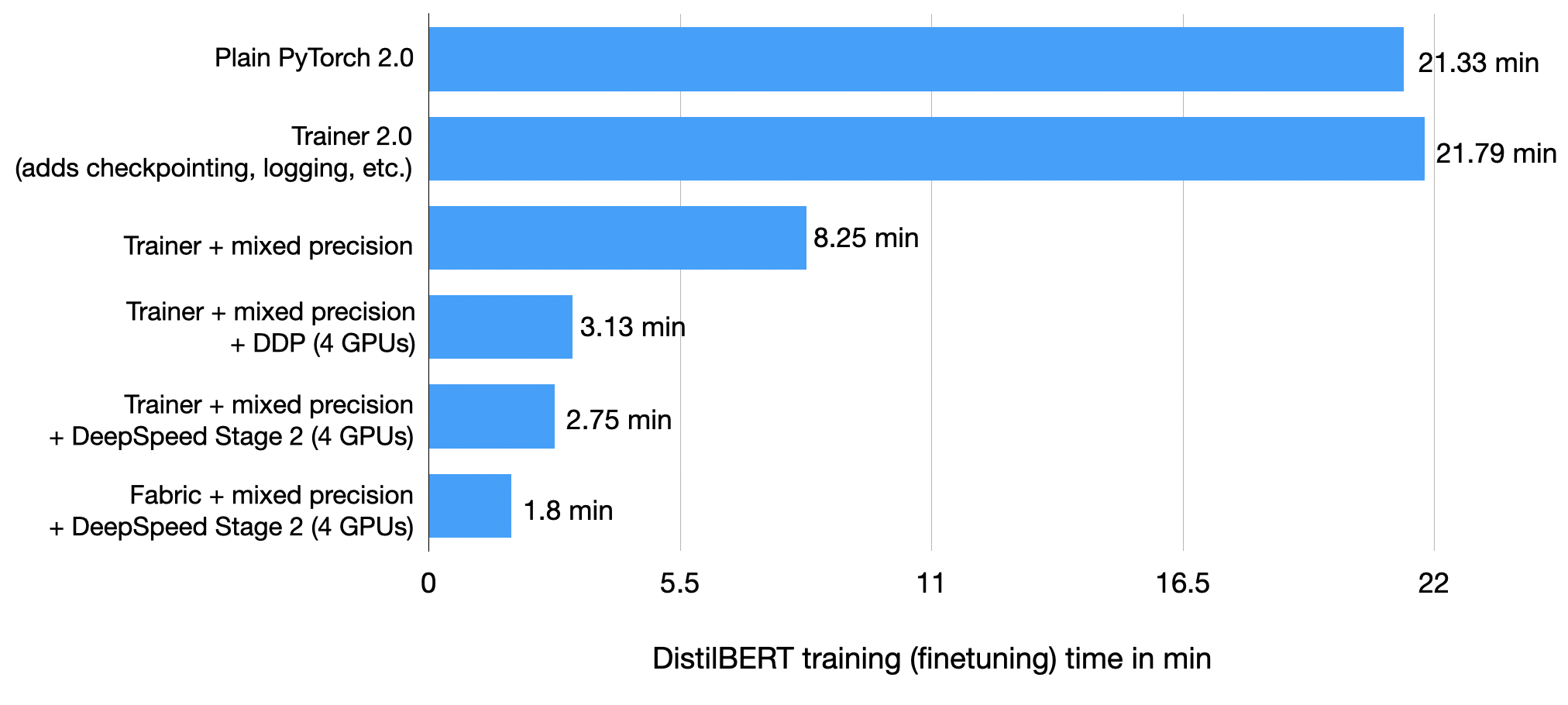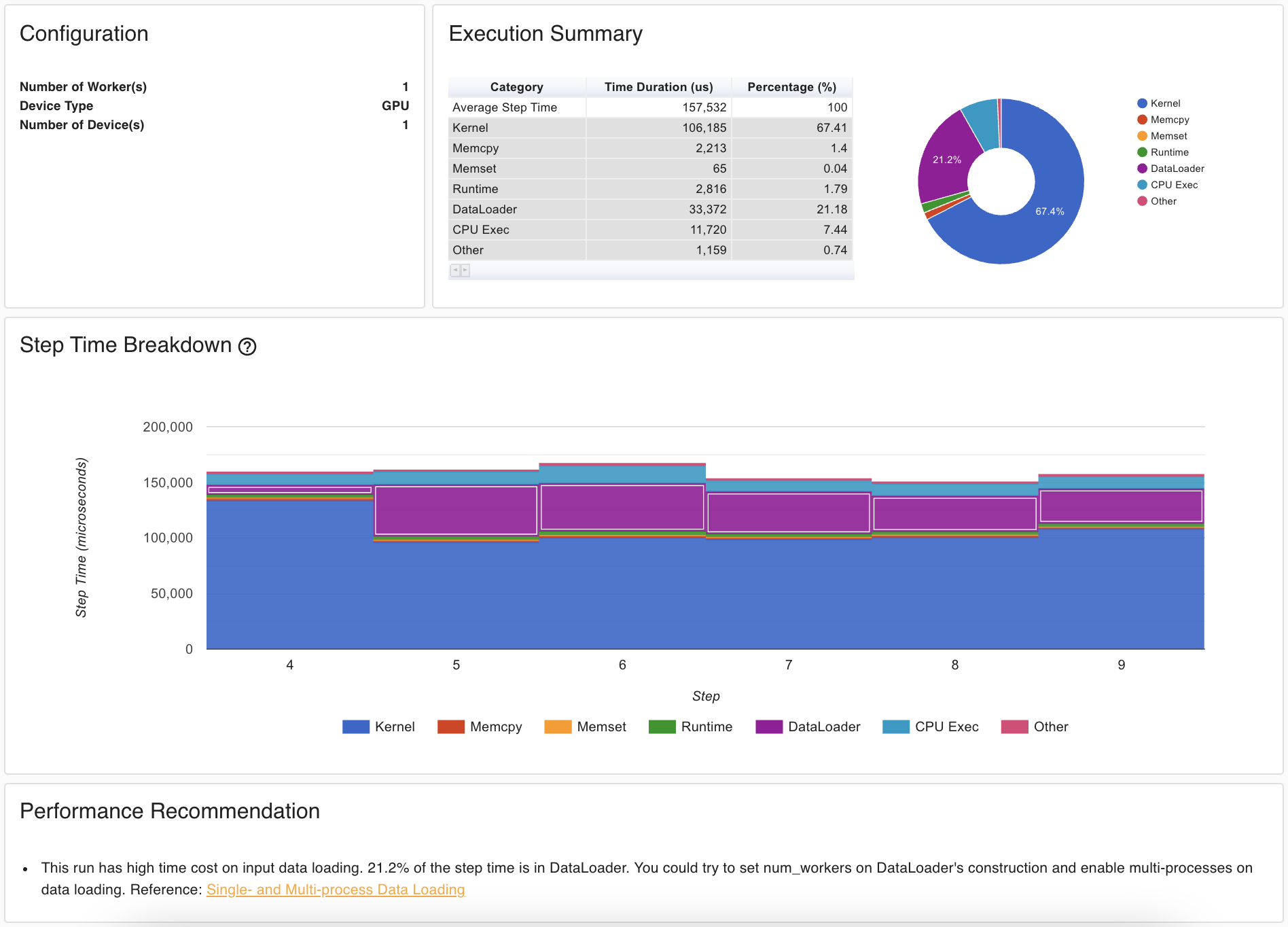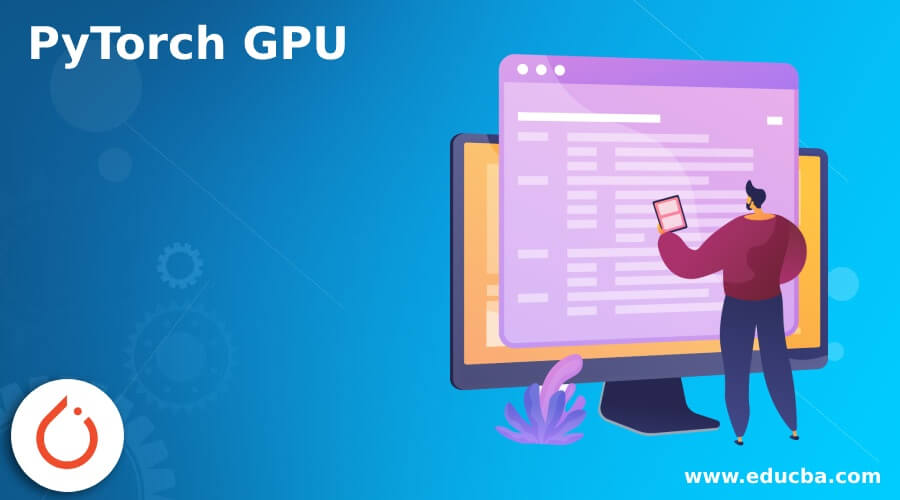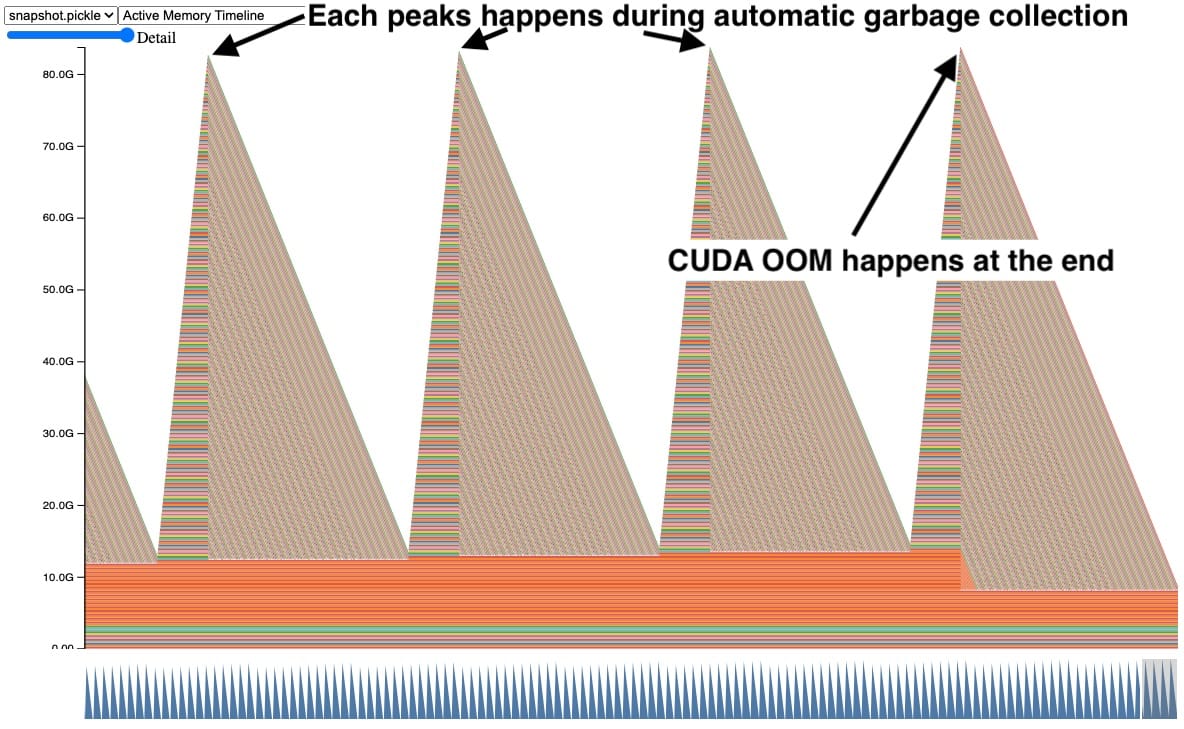Roads & PavementRoads & Pavement
Barefoot
Minimal
Low
Medium
High
Maximal
All around running shoes offer comfort and cushioning for daily runs, jogs, walks, and long mileage. They offer enough versatility for both faster and slower runs and are a great option for those who want one running shoe to do it all.
Fast run or uptempo running shoes are lightweight and responsive. They offer streamlined designs that have minimal uppers and offer a high level of energy return. These shoes are a great option for faster runs in the week or those looking for a livelier experience.
Max Cushion shoes offer premium cushioning with ample ground protection and a stable ride. These types of shoes provide abundant impact protection that softens landings while running at any pace or distance. These types of shoes are best for slower recovery runs and easy days where comfort takes priority.
Racing shoes are designed with optimal performance in mind. These types of shoes have snug-fitting uppers, energetic midsole foams, and features implemented for maximum efficiency. These types of shoes are best for runners looking to gain the ultimate advantage in races but may sacrifice some durability and comfort.
Gym Workout shoes offer a stable and versatile ride. They have a firmer underfoot feeling that provides stability for lateral movements with comfortable uppers. These types of shoes are best for trips to the gyms, cross training, casual wear, and light running. Introducing PyTorch Profiler the new and improved performance
Road running shoes feature smooth outsoles that are designed for running on paved surfaces such as roads, sidewalks, and bike paths.
Designed to handle most trail runs, these shoes prioritize comfort and a smooth ride. These shoes are great for anything from smooth singletrack, park trails, and fireroads making them ideal for those who run from their doorstep on streets before hitting the trail.
These shoes are best used for hard, rugged trails such as shale, granite or sandstone where grip on smooth surfaces and underfoot protection are important.
Designed for use in muddy, soggy conditions, these shoes feature very aggressive outsoles that dig deep into soft ground for exceptional traction.
These shoes feature technical outsoles designed to grip snowy and icy trails making them ideal for winter trail running.
Cushioning level, or stack height, refers to how much shoe is between your foot and the ground. For this category, we reference the amount of cushioning below the forefoot as the heel height will be equal to or greater than the forefoot height.
Low gpu utilization whith very fast dataloading complex
0-13mm. The Shoe generally does not have a midsole and feels like there is no cushioning. This shoe is all about feeling the ground underfoot.
14-18mm. The shoe has a thin midsole that allows for a natural running experience. Racing shoes and minimalist shoes are common here. These shoes offer a feeling of being connected to the road or trail.
19-23mm. The shoe has a slightly cushioned feel and may feature added cushioning technologies. Performance training shoes and some trail shoes are common here. These offer protection during footstrike but prioritize a lightweight, grounded experience.
24-28mm. These shoes have a stack height that fall near the middle of the spectrum.The shoes in this category are verstaile and great for all types of runs and distances.
29-34mm. The shoe has a thick midsole and ample cushioning. These shoes are highly protective and absorb more impact than the body.
35mm plus. The shoe has an extremely thick midsole and extra cushioning. The focus is on protection and soft foam underfoot with hardly any ground feel.
Neutral shoes support the foot through a normal range of arch collapse and generally do not have a built-in technology to correct movement.
Stability shoes are a great option for those who overpronate or need added support. These shoes help to limit the inward rolling motion of the ankle while running or walking and assist in guiding the foot straight through the gait cycle. PyTorch GPU Complete Guide on PyTorch GPU in detail
Product Details:
P PyTorch M1 GPU benchmark update including M1 Pro M1 Max and 2025, CPU x10 faster than GPU Recommendations for GPU implementation 2025, Introducing PyTorch DirectML Train your machine learning models 2025, PyTorch GPU Setup for training Unity Forum 2025, Understanding GPU Memory 2 Finding and Removing Reference Cycles 2025, Convolutional Neural Networks with PyTorch Domino Data Lab 2025, PyTorch GPU Complete Guide on PyTorch GPU in detail 2025, Low gpu utilization whith very fast dataloading complex 2025, Introducing PyTorch Profiler the new and improved performance 2025, How to Speed Up PyTorch Model Training Lightning AI 2025, Can pytorch still work on old GPU if build from source PyTorch 2025, Torch not getting GPU PyTorch Forums 2025, D My experience with running PyTorch on the M1 GPU r 2025, Step by Step Guide to Setup Pytorch for Your GPU on Windows 10 11 2025, PyTorch GPU Stack in 5 minutes or less 2025, No GPU utilization although CUDA seems to be activated vision 2025, Automated trace collection and analysis PyTorch 2025, Accelerate computer vision training using GPU preprocessing with 2025, Cant install pytorch gpu version via conda windows PyTorch Forums 2025, How to increase GPU utlization PyTorch Forums 2025, deep learning Pytorch How to know if GPU memory being utilised 2025, Types oNVIDIA GPU Architectures For Deep Learning 2025, When I shut down the pytorch program by kill I encountered the 2025, Experience the power of PyTorch 2.0 on AMD Solutions PyTorch 2025, HOW TO Install PyTorch with GPU in Windows 10 2021 2025, Low GPU Utilization while training should i buy better CPU 2025, PyTorch model on cuda but GPU isn t used PyTorch Forums 2025, PyTorch training on M1 Air GPU. PyTorch recently announced that 2025, Running PyTorch on the M1 GPU 2025, How to run torch with AMD gpu PyTorch Forums 2025, Running PyTorch on the M1 GPU 2025, How Pytorch 2.0 Accelerates Deep Learning with Operator Fusion and 2025, Train PyTorch With GPU Acceleration on Mac Apple Silicon M2 Chip 2025, How distributed training works in Pytorch distributed data 2025, Quick Guide for setting up PyTorch with Window in 2 mins by Nok 2025, IDRIS PyTorch Multi GPU and multi node data parallelism 2025, Understanding GPU Memory 1 Visualizing All Allocations over Time 2025, PyTorch 1.0 Accelerated On NVIDIA GPUs NVIDIA Technical Blog 2025, Training speed of TensorFlow PyTorch and Neural Designer 2025, Introducing the Intel Extension for PyTorch for GPUs 2025, Performance Debugging of Production PyTorch Models at Meta PyTorch 2025, PyTorch Direct Introducing Deep Learning Framework with GPU 2025, How to Install PyTorch GPU on Windows 10 Getting Started with PyTorch for Deep Learning 2025, PyTorch GPU based audio processing toolkit nnAudio Dorien Herremans 2025, Pytorch GPU Setup Guide The MCT Blog 2025, Accelerating Inference Up to 6x Faster in PyTorch with Torch 2025, PyTorch Multi GPU 3 Techniques Explained 2025, It seems Pytorch doesn t use GPU PyTorch Forums 2025, PyTorch NVIDIA NGC 2025, Accelerating PyTorch with CUDA Graphs PyTorch 2025, Product Info:
Pytorch gpu 2025.
- Increased inherent stability
- Smooth transitions
- All day comfort
Model Number: SKU#7271990




